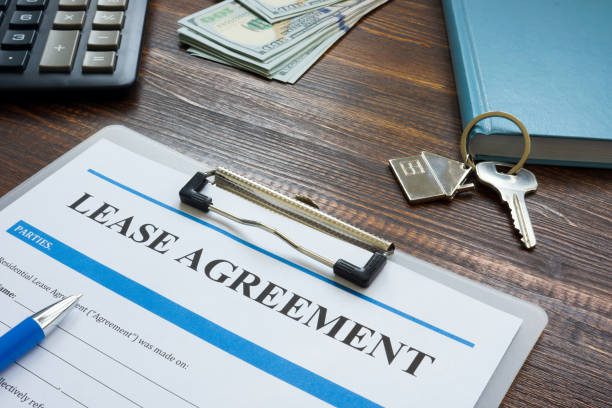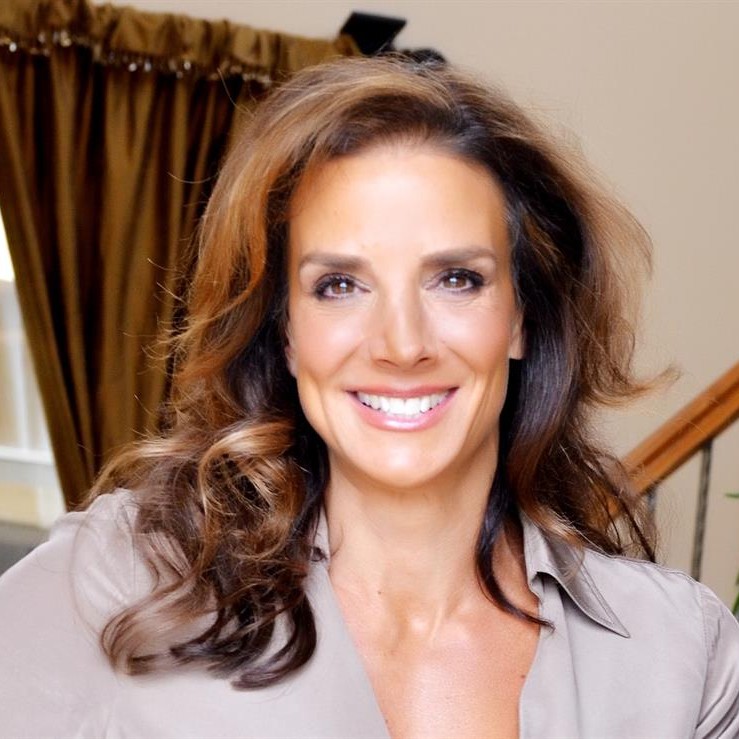After the mad dash by home buyers made in height of the COVID-19 pandemic for larger homes, some experts are making a case for more efficiently designed, smaller homes. With home prices rising, and supply chain shortages, there’s a convincing argument for seeking smaller houses.A new book by Sheri Koones, “Bigger Than Tiny, Smaller Than Average,” posits that functionality is more important than square footage. An example of this could be transforming your dining room into a workspace.“People want quality rather than quantity,” says Koones. “People want spaces where they can be together.”Small homes are around 1,400 to 2,000 square feet. They are typical entry-level houses or more affordable homes that are popular with first-time buyers on limited budgets.However, the National Association of Home Builders posted statistics showing that homes built in the past year are gaining in square footage.This contrasts with about 30% of architects who work on homes for planned communities. These architects said they were decreasing the square footage of interior rooms in 2021 residential units. This was according to the New Home Trends Institute by John Burns Real Estate Consulting.“They’re removing some of what one architect calls ‘twirling room,’ the extra transition spaces [like hallways] that may not be necessary,” says Jenni Nichols, director of DesignLens, part of the institute.
Today’s buyers might want better—not bigger—homes
Through better design and improved functionality, a small home can still offer the spaces people want.
Nichols reports that architects are responding with flex spaces, repurposed areas, and efficient room sizes to increase functionality.
“People are using an expanded stair landing for an indoor bicycle or small fitness equipment. In many small home designs, the separate dining room is gone in favor of an eat-in kitchen with room for a separate table or two-tiered island with the lower portion used as a table,” Nichols says. “The bedroom niche we used to use for a dresser is now a spot for a desk. … I’ve even seen entries large enough to hang bikes.”
“Home offices do not need to be bedroom-sized,” she says. “Some interior designers are converting closets into ‘cloffices.’”
Of course, no one wants to feel cramped in their home. Koones found that functional small home design often includes high ceilings, open staircases, and well-placed windows. Open floor plans, light-colored cabinets, and wall and creative storage can make a space feel larger. And homeowners typically appreciate some access to outdoor living with a deck, patio, or small yard.
During the pandemic, Teri Slavik–Tsuyuki surveyed nearly 7,000 homeowners and renters. The 2020 study found that people felt their current spaces were missing functionality instead of space. She is the principal of tstink, a consultancy that works with developers and homebuilders nationally to help them design homes.
Respondents wanted better-equipped kitchens, in-home technology, storage, and better home office space—but not extra rooms, says Slavik-Tsuyuki.
“What didn’t even make the top 15 [responses] was the desire for an additional room or space in their home,” Slavik-Tsuyuki says.
Smaller homes could save money for builders and buyers
Smaller homes typically, but not always, cost less to build. They use fewer materials and can be built on smaller lots. The much-needed savings can help buyers dealing with record-high home prices and fast-rising mortgage interest rates.
(Median home list prices were up about 14% year over year. They hit a record high of $425,000 nationally in April, according to the most recent Realtor.com® data. Meanwhile, mortgage interest rates went from 3% a year ago to 5.25% for 30-year fixed-rate loans, according to Freddie Mac data.)
Materials used in building homes cost about 23% more than they did just a year ago, according to the National Association of Home Builders. Construction worker wages are up 6%, and land prices and the loans builders need to put up new housing have also risen, according to NAHB. Plus, it’s taking longer to build as supply chain shortages are causing delays, which adds to the rising costs.
All of this would seem to point to fertile ground for growing smaller homes. Our team at Corken + Company would love to chat with you about all of your housing options! Looking for small houses for sale in your area? We are here to help.
Learn more about what today’s home buyers are looking for at:
https://www.realtor.com/news/trends/what-do-new-home-buyers-really-want-smaller-better-designed-houses/





